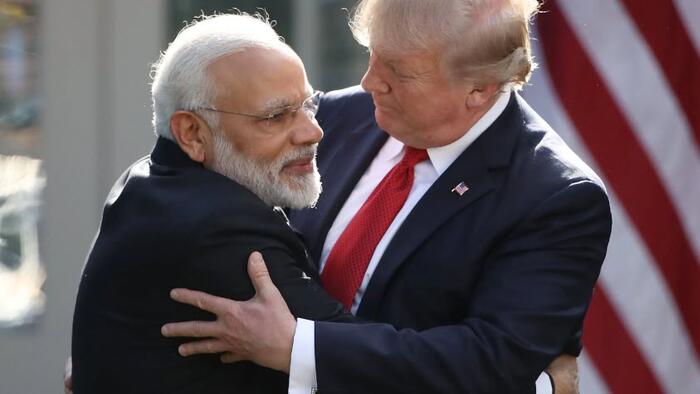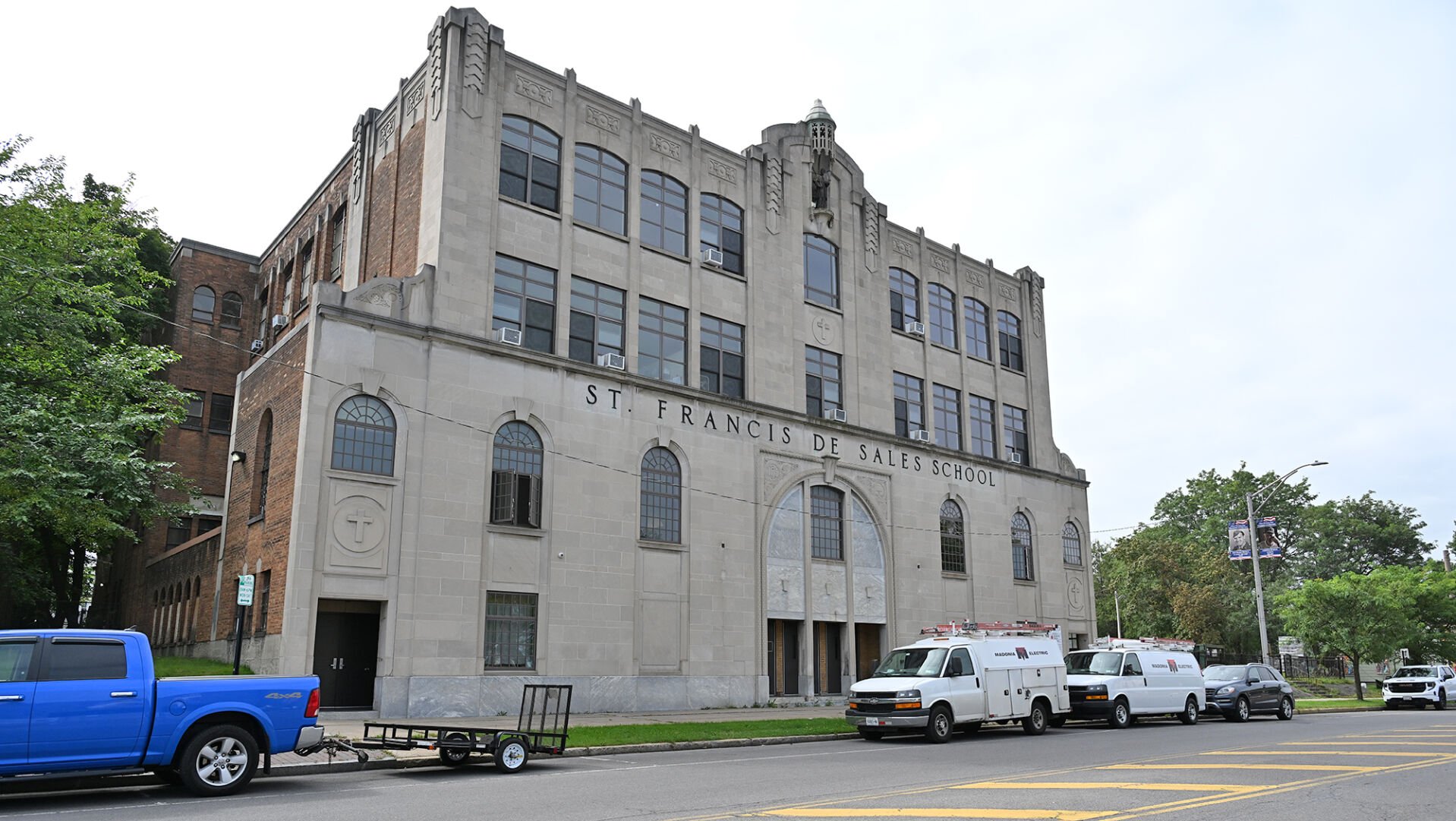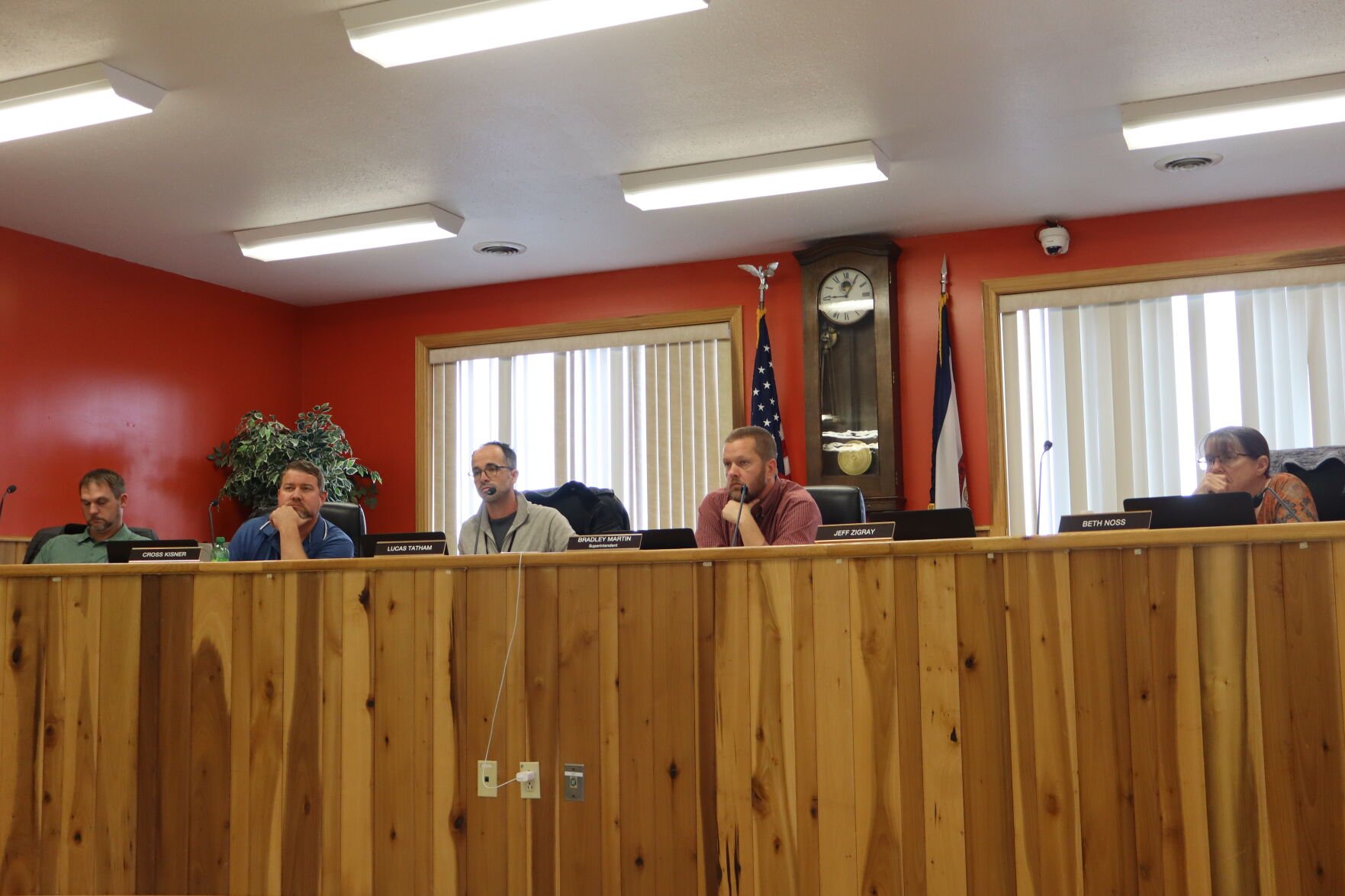President Donald Trump says the United States and India are “pretty close” to a fair trade agreement that could lower tariffs currently set at 50 percent on Indian imports. India’s recent cuts to its Russian oil purchases appear to be a key factor. The president also hinted at a possible visit to India next year at Prime Minister Narendra Modi’s invitation.
Trump Says US Close To Securing ‘Fair Trade Deal’ With India

Key Takeaways:
- President Trump says a fair trade deal with India is near.
- Tariffs on Indian goods are at 50 percent but could be lowered.
- India’s reduced Russian oil imports factor into the new trade terms.
- Sergio Gor was sworn in to bolster U.S.–India ties.
- The administration weighs a second phase of sanctions against Russia.
Forging a Fair Deal
President Donald Trump told reporters on November 10 that the United States is “pretty close” to finalizing a trade agreement with India. He emphasized that the potential deal would be fair to both parties, following months of back-and-forth over tariffs and India’s purchases of Russian crude. “We’re making a deal with India, a much different deal than we had in the past,” Trump said, calling it “just a fair trade deal.”
Tariffs Under Scrutiny
Currently, Indian goods face a total tariff rate of 50 percent, including a 25 percent increase imposed in August due to India’s imports of Russian oil. Trump hinted the tariffs could soon be lowered “at some point,” tying the decision to India’s reported reduction in buying Russian crude. “Right now the tariffs are very high on India because of the Russian oil, and they’ve stopped doing the Russian oil,” he noted, while suggesting a cut in tariffs is on the way.
Shifting Oil Dynamics
India’s purchase of Russian oil has been a focal point of U.S. policy. Before Russia invaded Ukraine in 2022, India spent roughly $1 billion annually on Russian crude. Since the war began, India’s imports soared: $25.5 billion in 2022, $48.6 billion in 2023, and $52.7 billion in 2024, according to the U.N. Comtrade database. Unconfirmed by Indian officials but cited by Trump, New Delhi has reportedly decreased that intake, potentially paving the way for a more balanced trade agreement between India and the United States.
Envoy and Engagement
Trump made his remarks during the swearing-in ceremony of Sergio Gor, the newly appointed U.S. envoy to India. Gor’s responsibilities include cementing U.S.–India ties, promoting American investment in key industries, expanding energy exports, and deepening security cooperation. The president also hinted at a visit to India next year at Prime Minister Narendra Modi’s request, saying, “[Modi] largely stopped buying oil from Russia, and … he wants me to go there. We’ll figure that out, I’ll go.”
Next Steps on Sanctions
Amid these trade discussions, tensions over Russia’s war in Ukraine remain front and center. Trump previously warned that extensive tariffs would remain if India persisted in buying Russian oil. With negotiations to end the conflict at a standstill, the U.S. administration signaled on September 7 that it might move forward with a second phase of sanctions against Russia if the war continues. This interplay between trade deals and foreign policy underscores the complex balancing act facing Washington, New Delhi, and Moscow as global political and economic pressures evolve.










